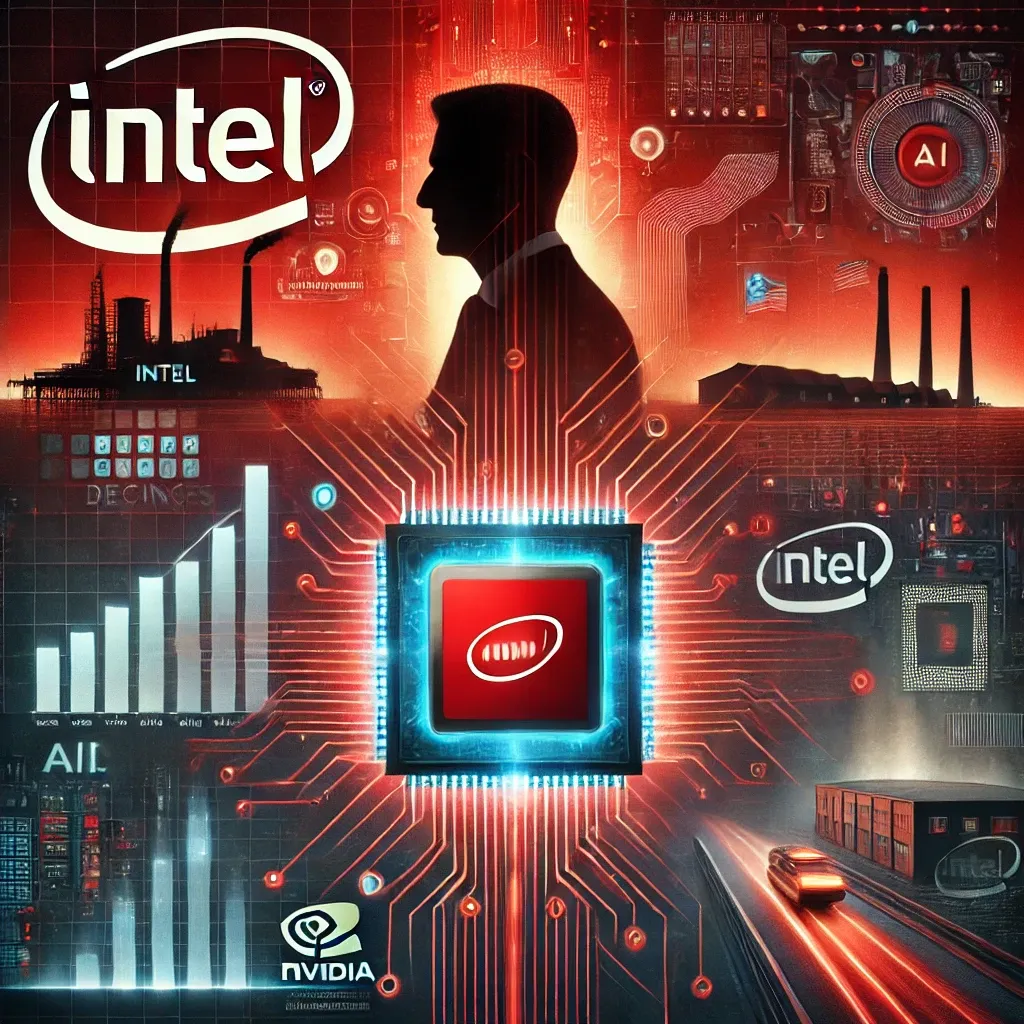Intel CEO Pat Gelsinger Departs Amid Boardroom Discontent
Intel Corp. CEO Pat Gelsinger has stepped down after the board expressed dissatisfaction with his strategic direction. The decision followed a critical meeting addressing Intel’s lagging market share and competitive position against Nvidia. Gelsinger chose to resign rather than be dismissed, marking a significant leadership change at the iconic chipmaker.
Leadership Transition as Intel Seeks a New CEO
Interim leadership is now in the hands of CFO David Zinsner and Michelle Johnston Holthaus. Frank Yeary, the board’s independent chair, will serve as executive chairman during the transition. Holthaus, a veteran at Intel, will also oversee key product groups, including AI, client computing, and data centers, reinforcing the company’s focus on critical growth areas.
Gelsinger’s Vision and Intel’s Strategic Shifts
Gelsinger, hailed as Intel’s savior upon his return in 2021, had ambitious plans to reclaim leadership in chip manufacturing. He spearheaded a costly initiative to expand Intel’s factories, including a $20 billion investment in Ohio supported by the Chips and Science Act. His strategy also included entering the contract chipmaking market to compete with Taiwan Semiconductor Manufacturing Co. (TSMC).
Challenges Under Gelsinger’s Tenure
Despite these efforts, Intel struggled to regain its competitive edge. The company faced financial losses, including a suspension of dividends for the first time since 1992, and announced layoffs of over 15% of its workforce. Competition from Nvidia in AI chips and TSMC in manufacturing highlighted Intel’s challenges in maintaining relevance in key markets.
Strategic Implications of Leadership Changes at Intel
Analysts predict Gelsinger’s departure may lead to a reevaluation of Intel’s strategies. Chris Caso of Wolfe Research suggested Intel might need a different approach to achieve its goals. “Intel lacks the scale to pursue cutting-edge manufacturing alone,” he said, emphasizing its struggles in AI and advanced semiconductor fabrication.
Intel’s Role in U.S. Semiconductor Ambitions
Gelsinger’s exit poses questions for the Biden administration’s semiconductor strategy. Intel had been a major proponent of the Chips Act, securing $7.9 billion in federal funding to build U.S. manufacturing capacity. However, the program’s future remains uncertain as the incoming Trump administration has criticized its structure and objectives.
A Turning Point for Intel
The leadership shakeup marks a critical juncture for Intel. With its share price down over 50% this year, the company faces mounting pressure to deliver results. Interim leaders must navigate financial recovery, technological innovation, and intensified competition to secure Intel’s future in the evolving semiconductor industry.




